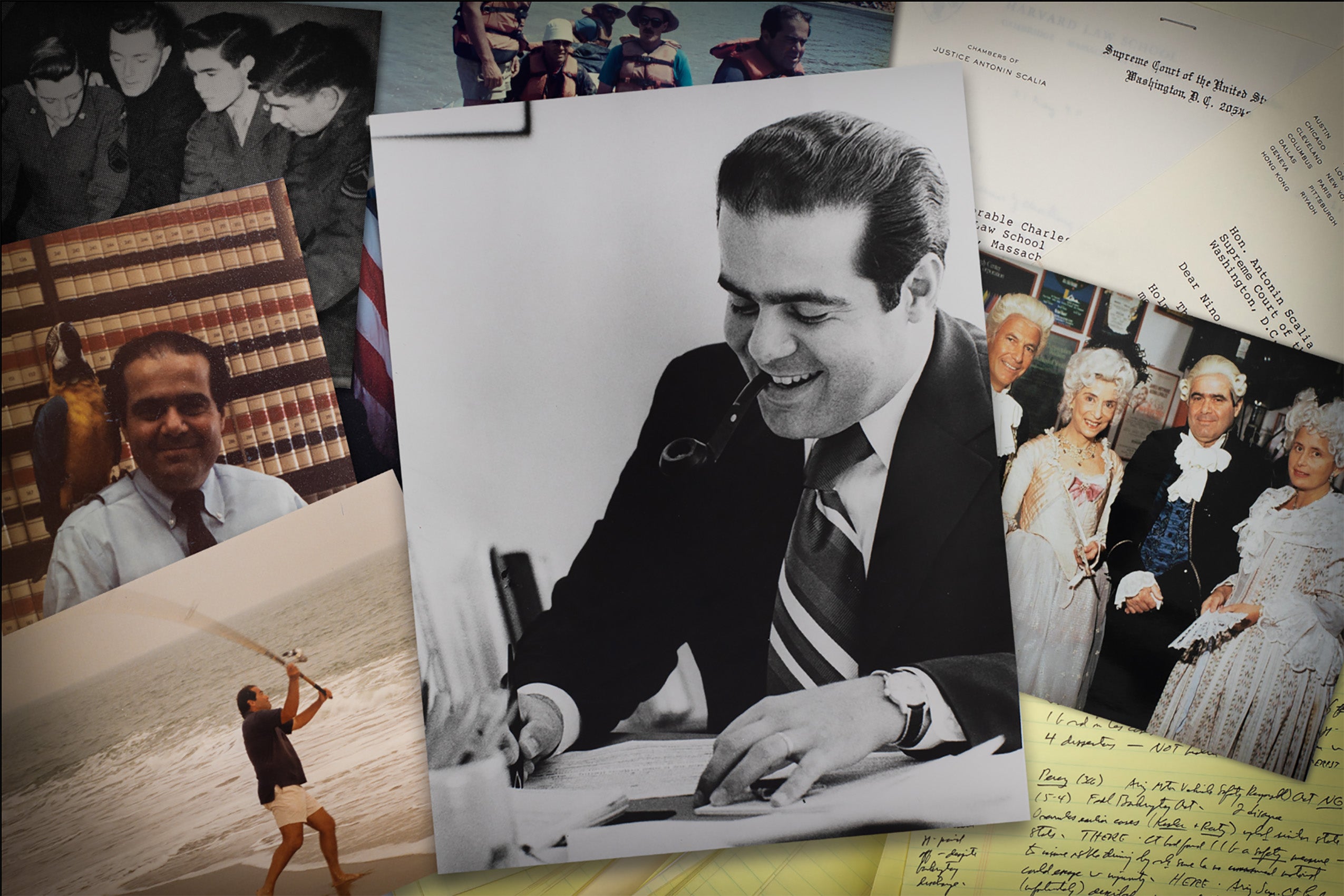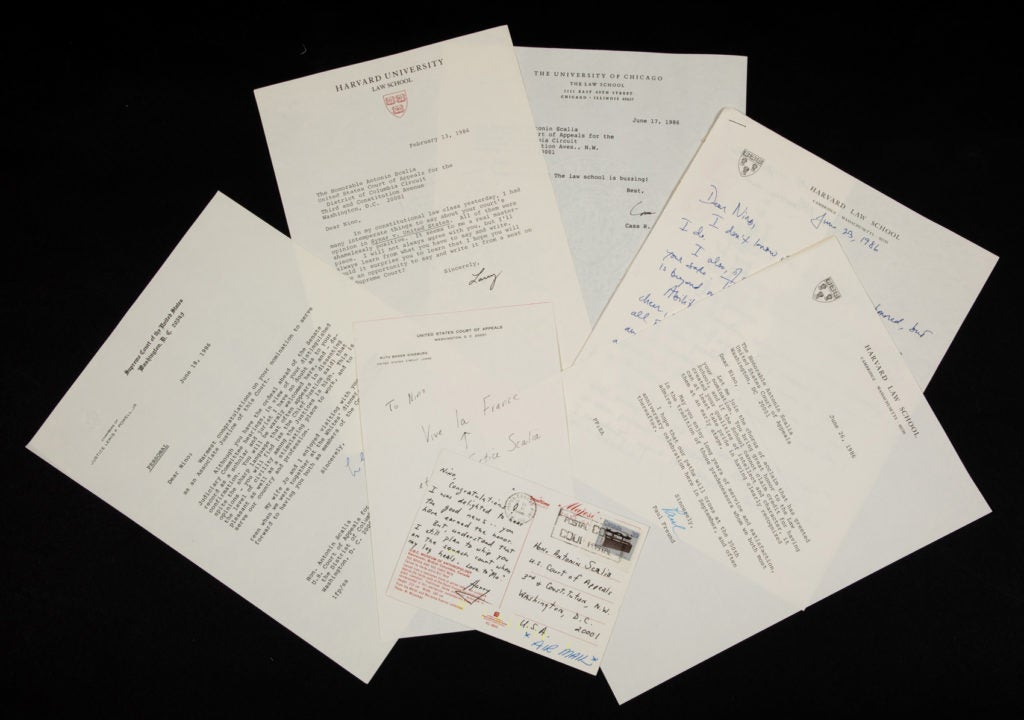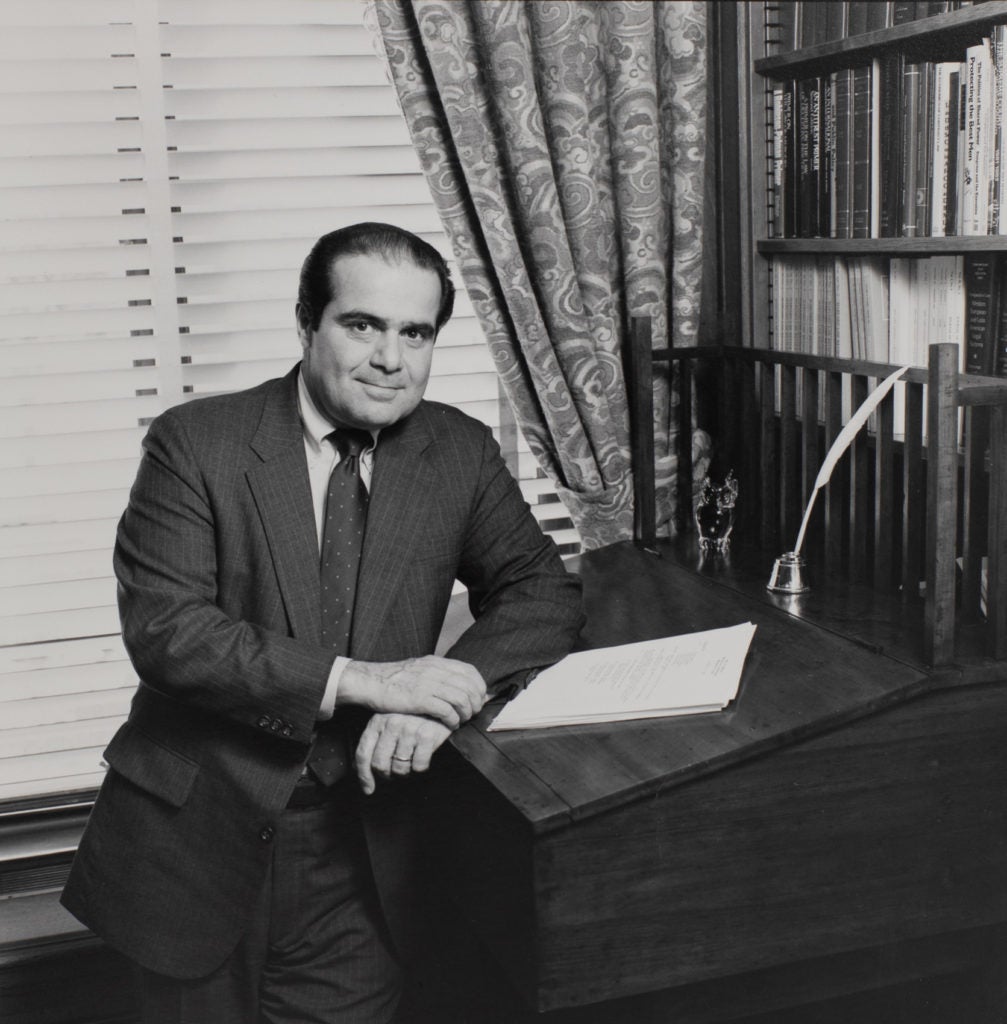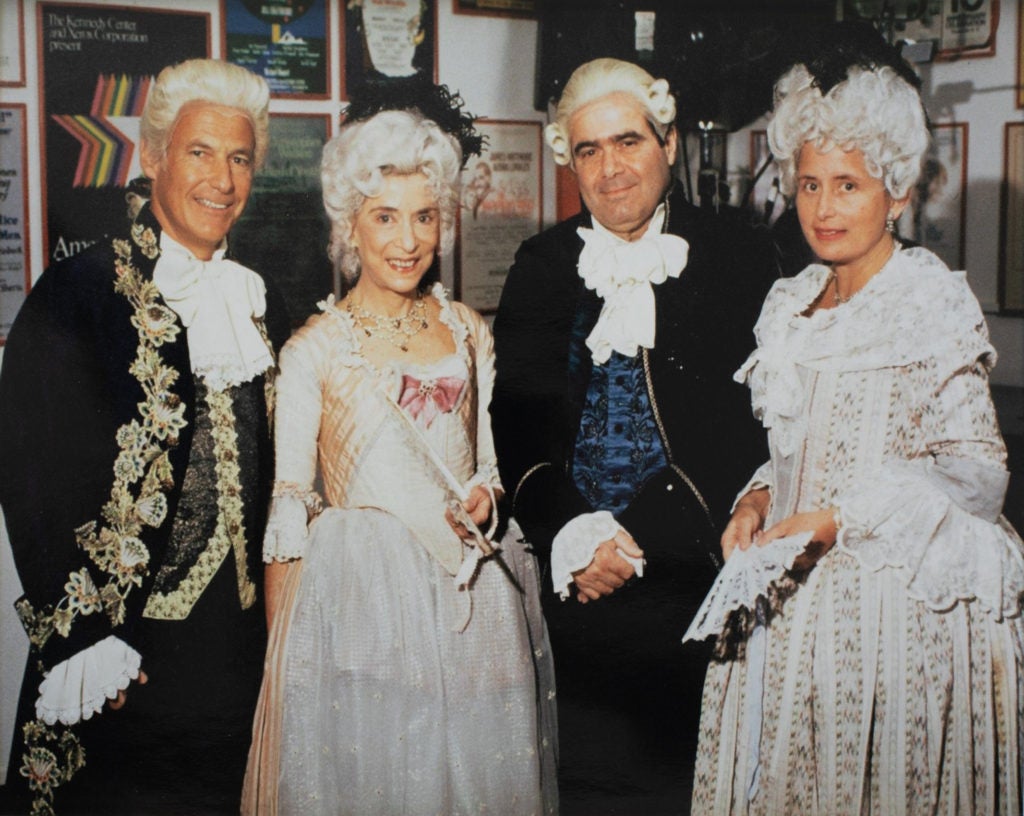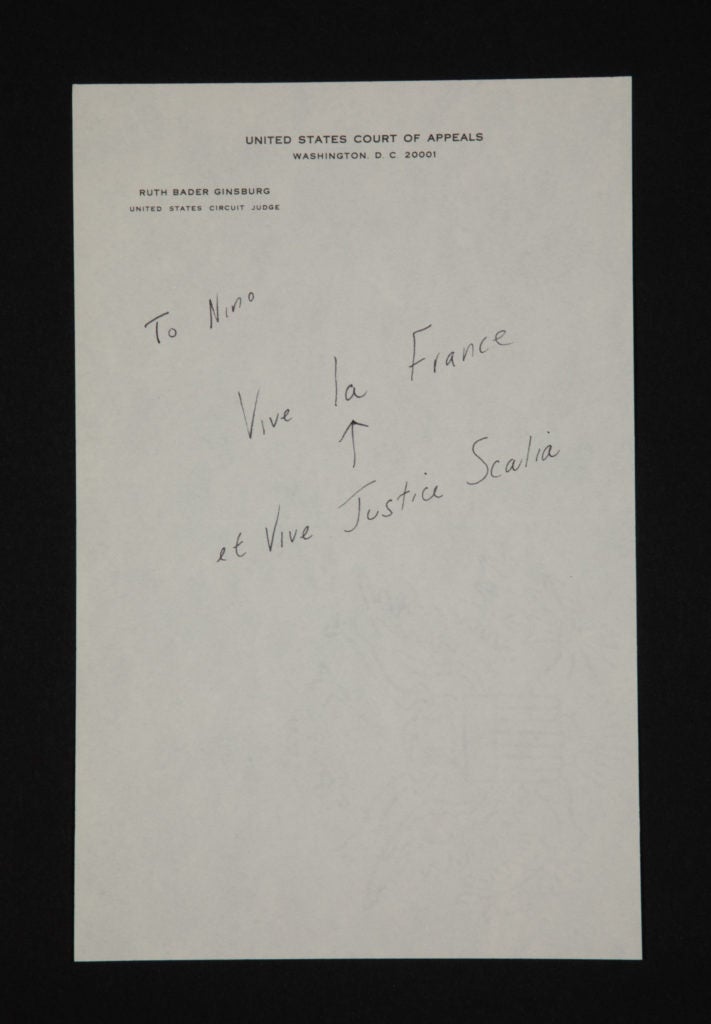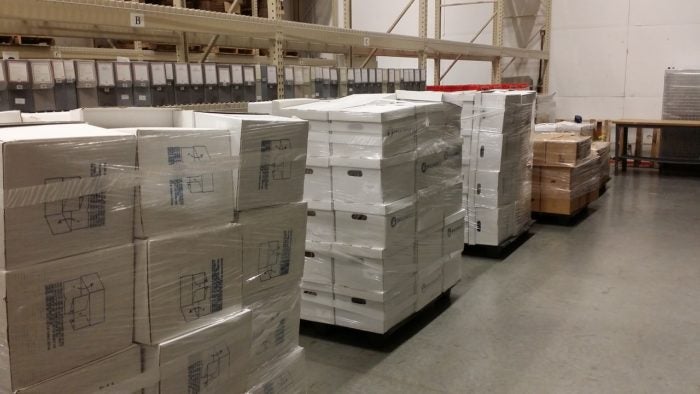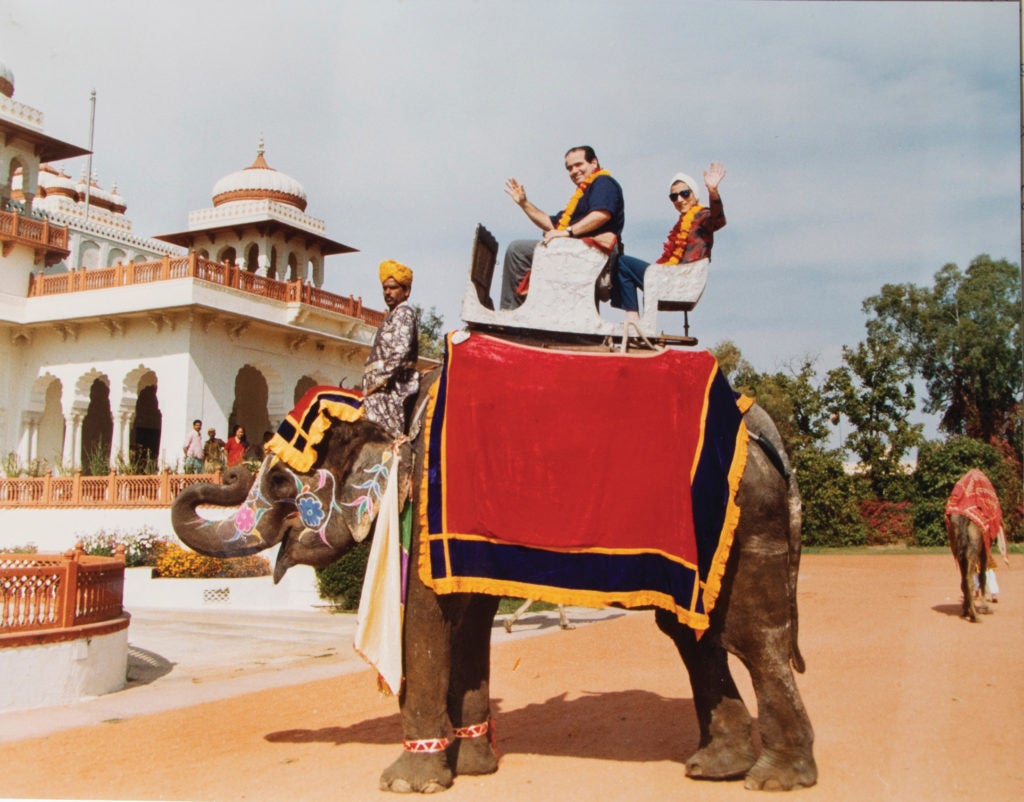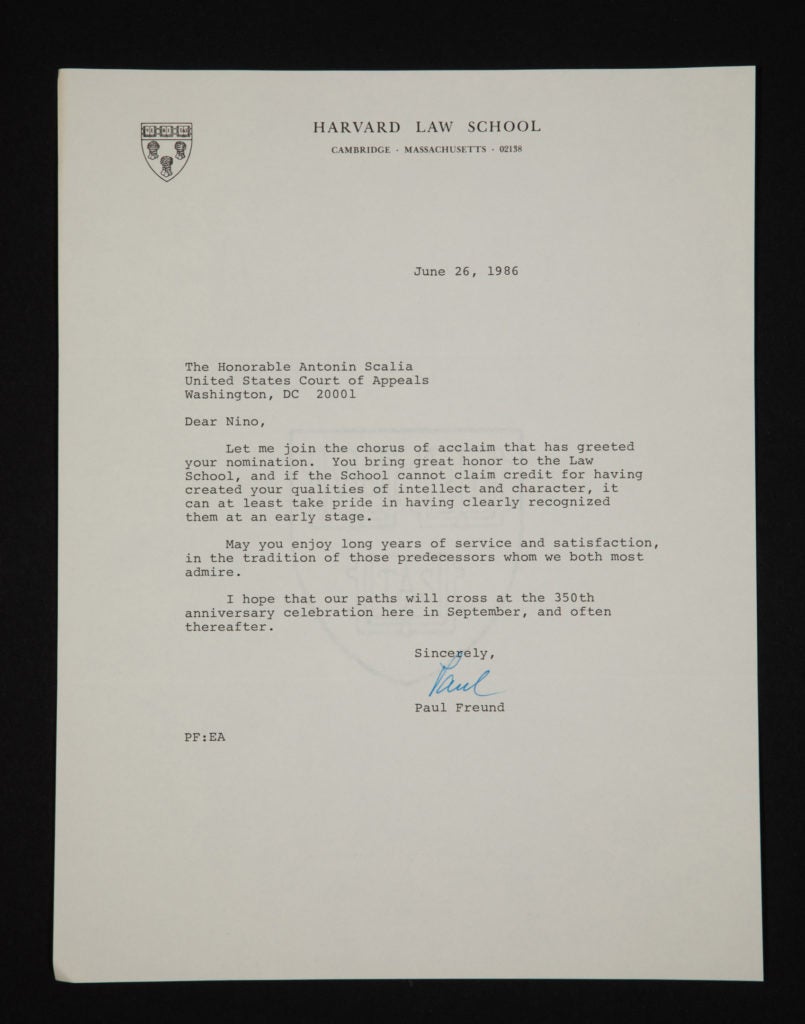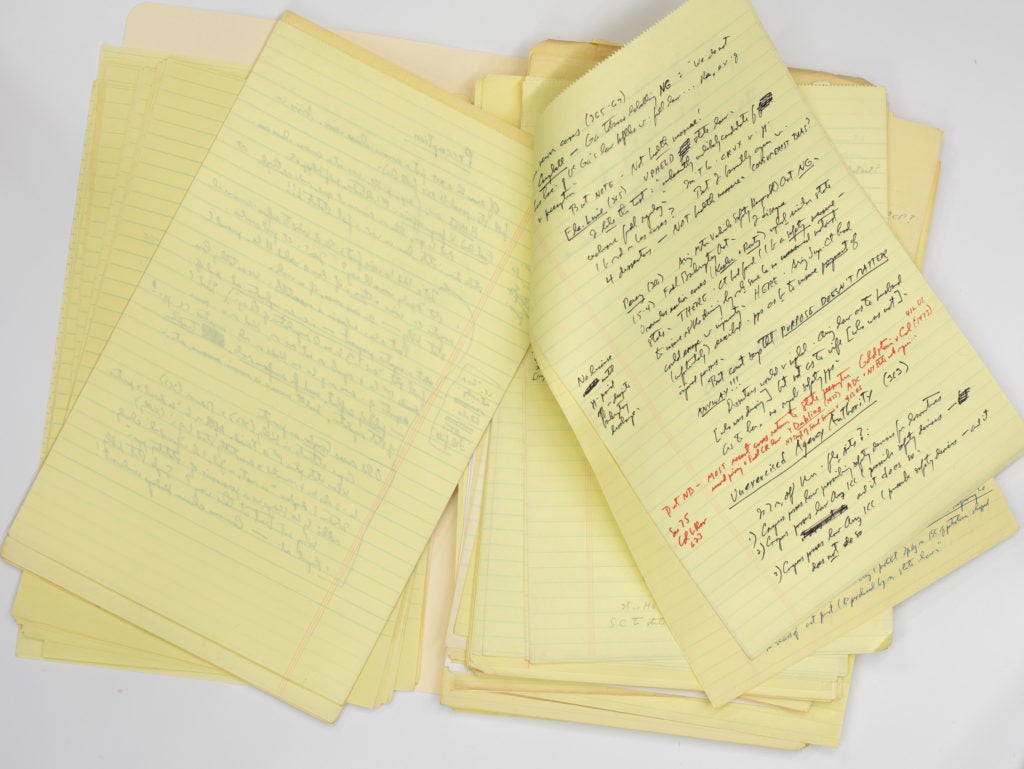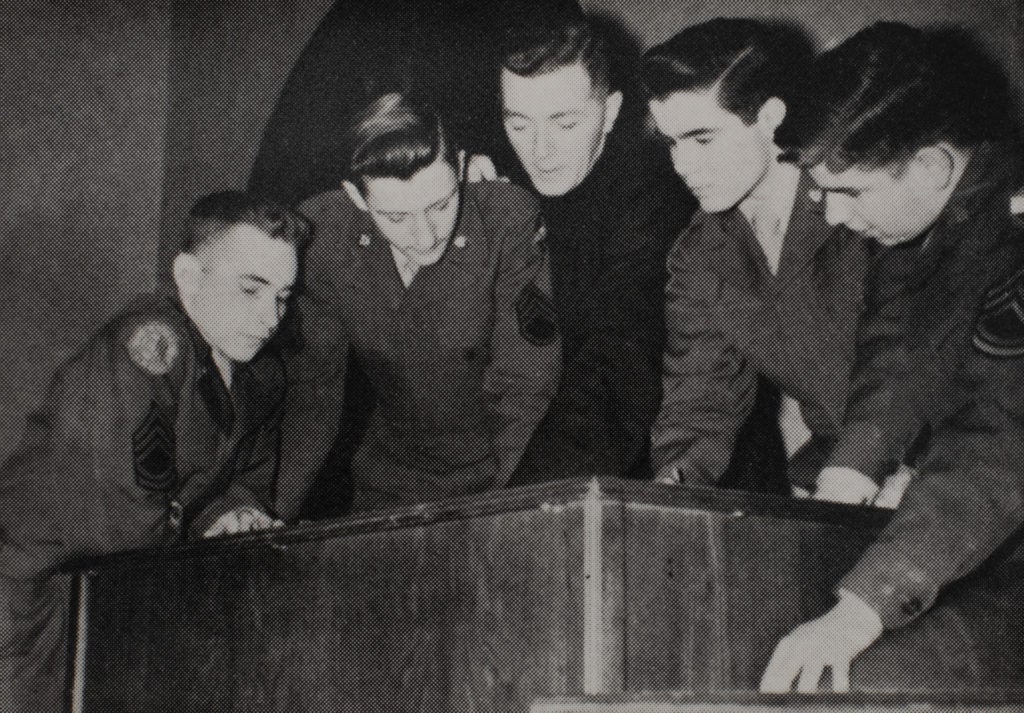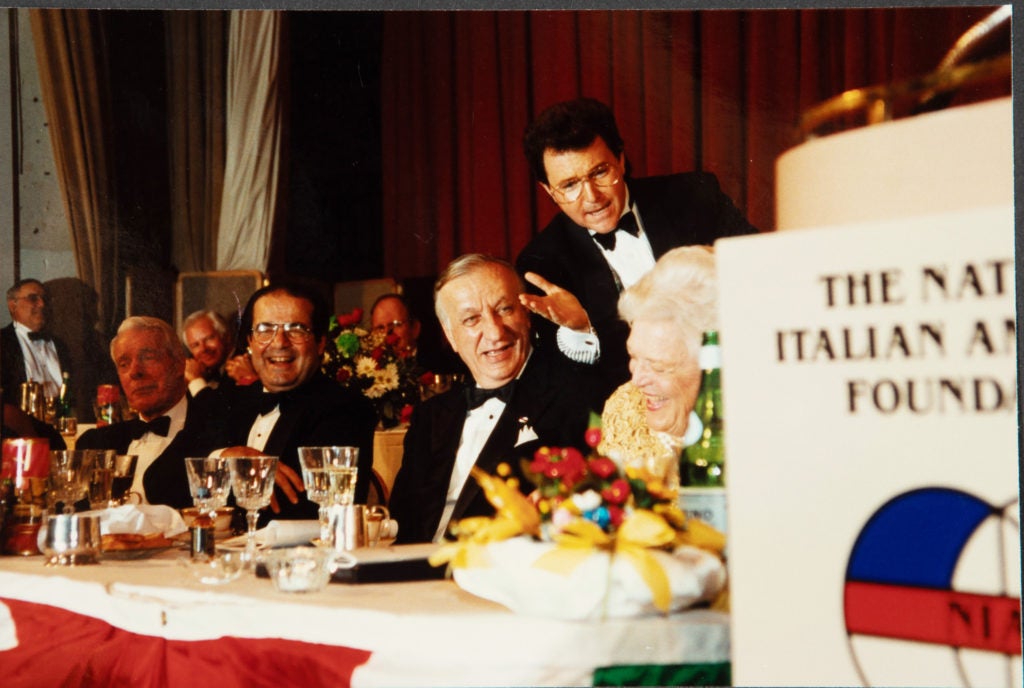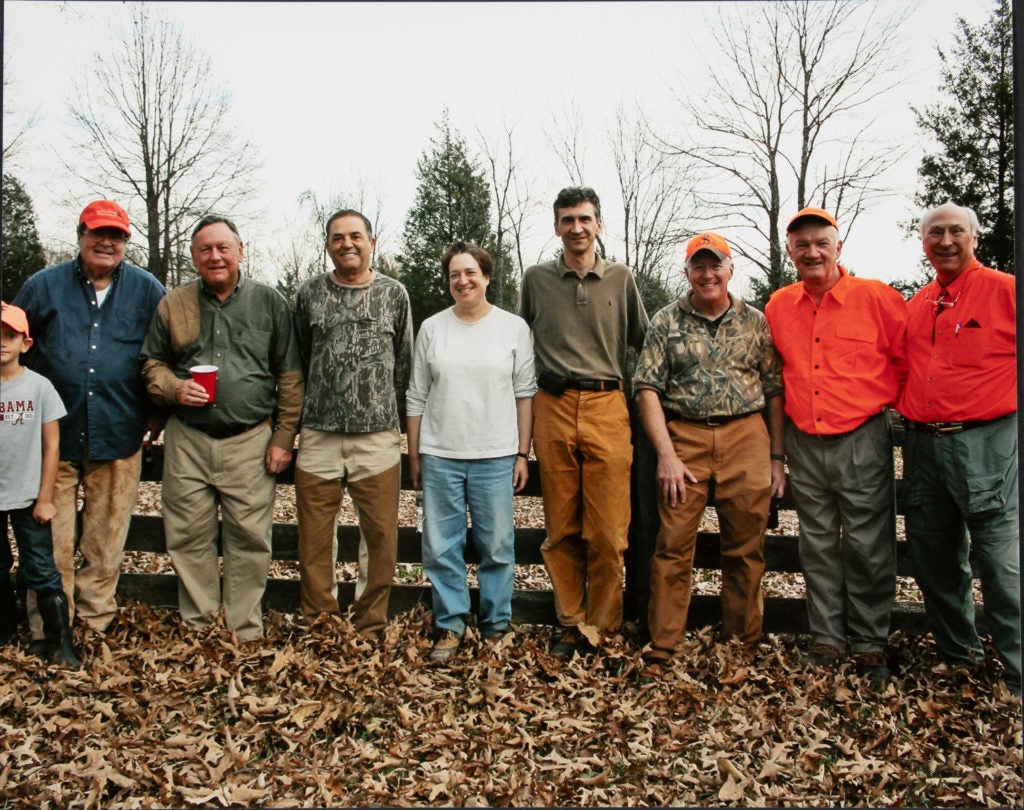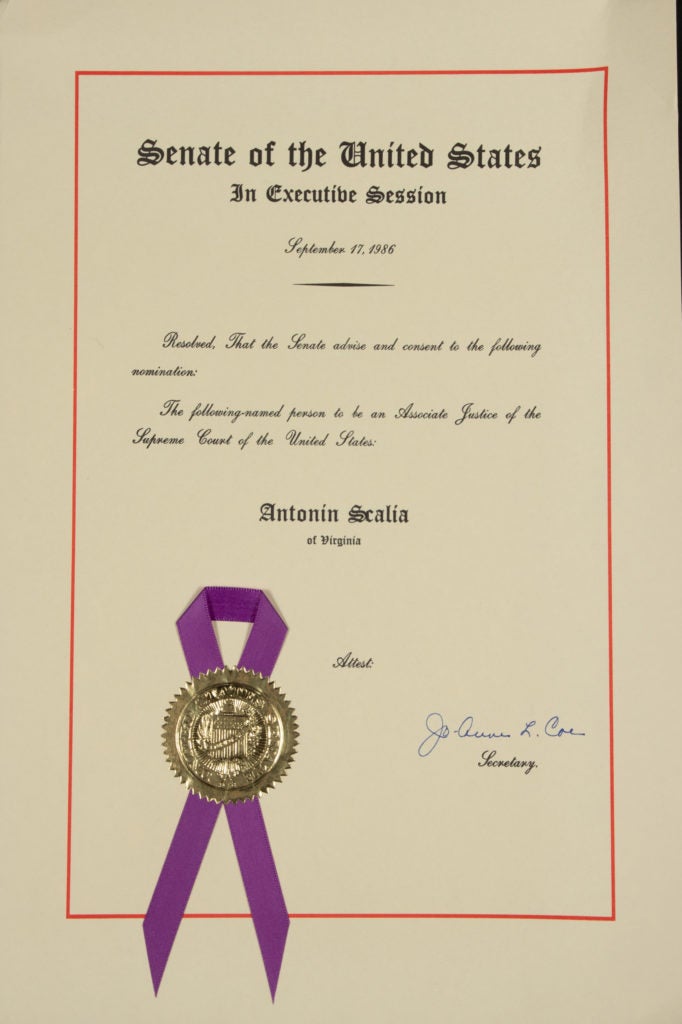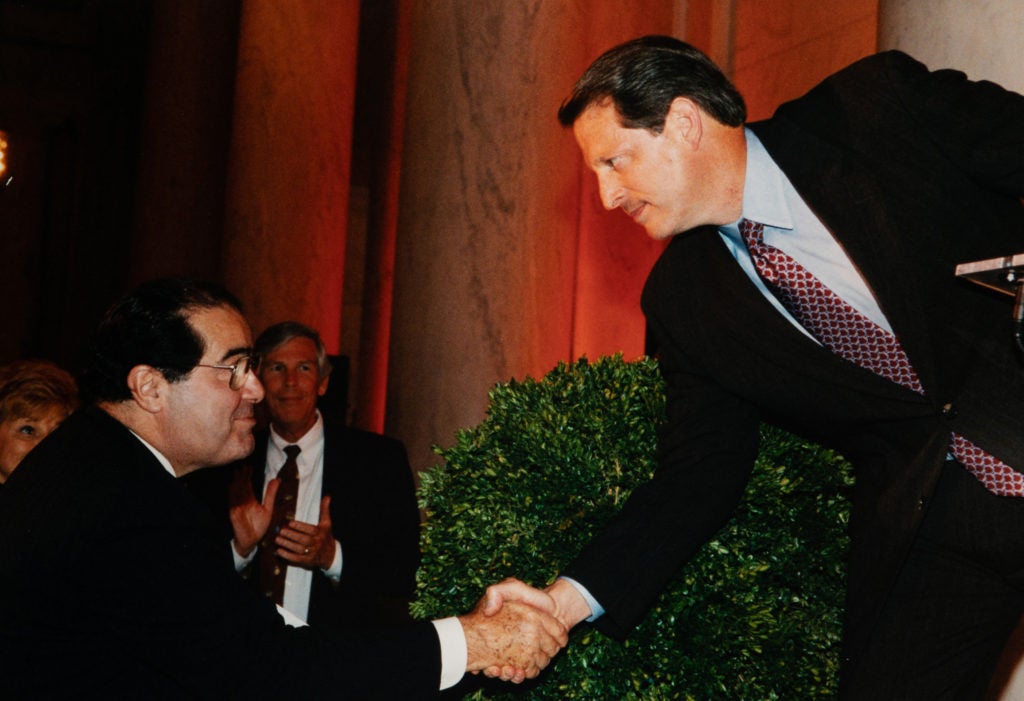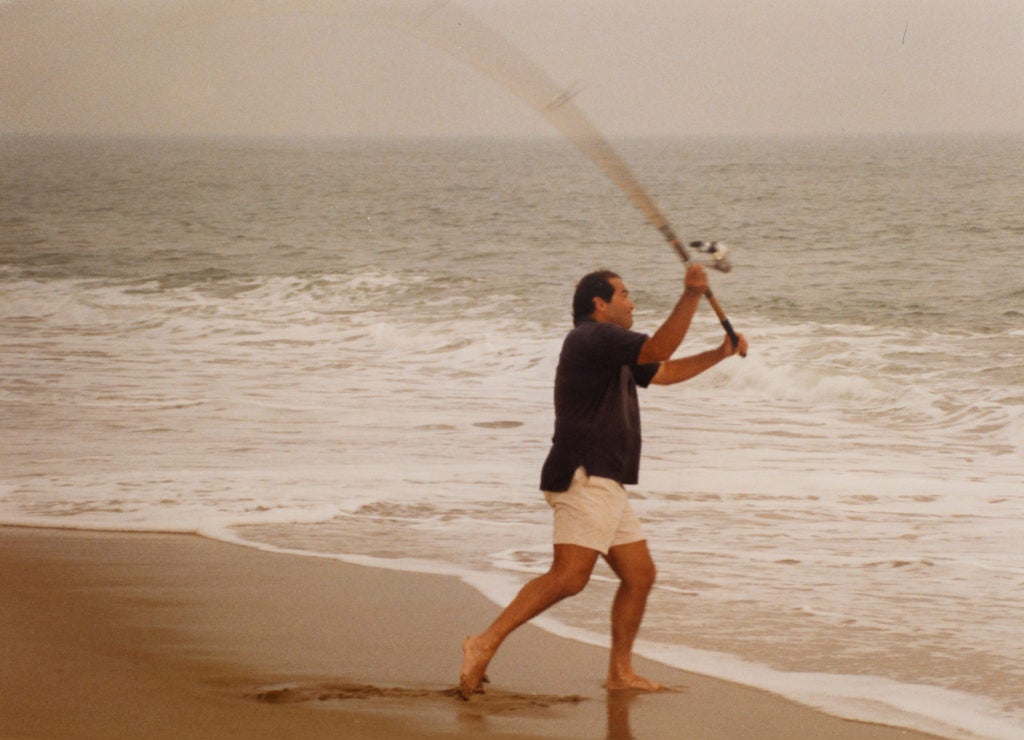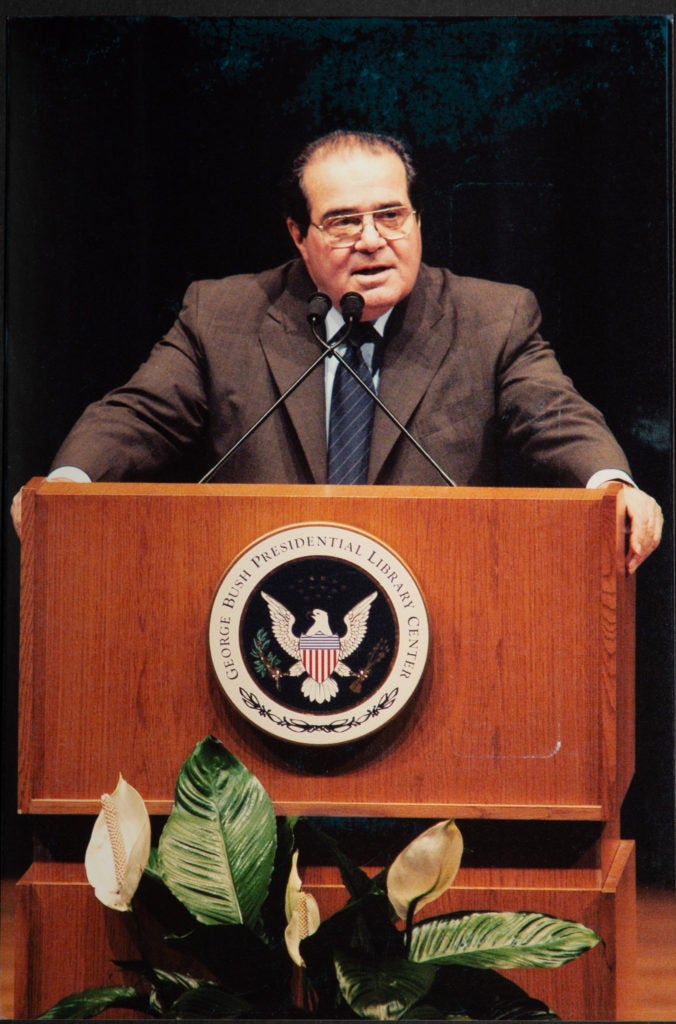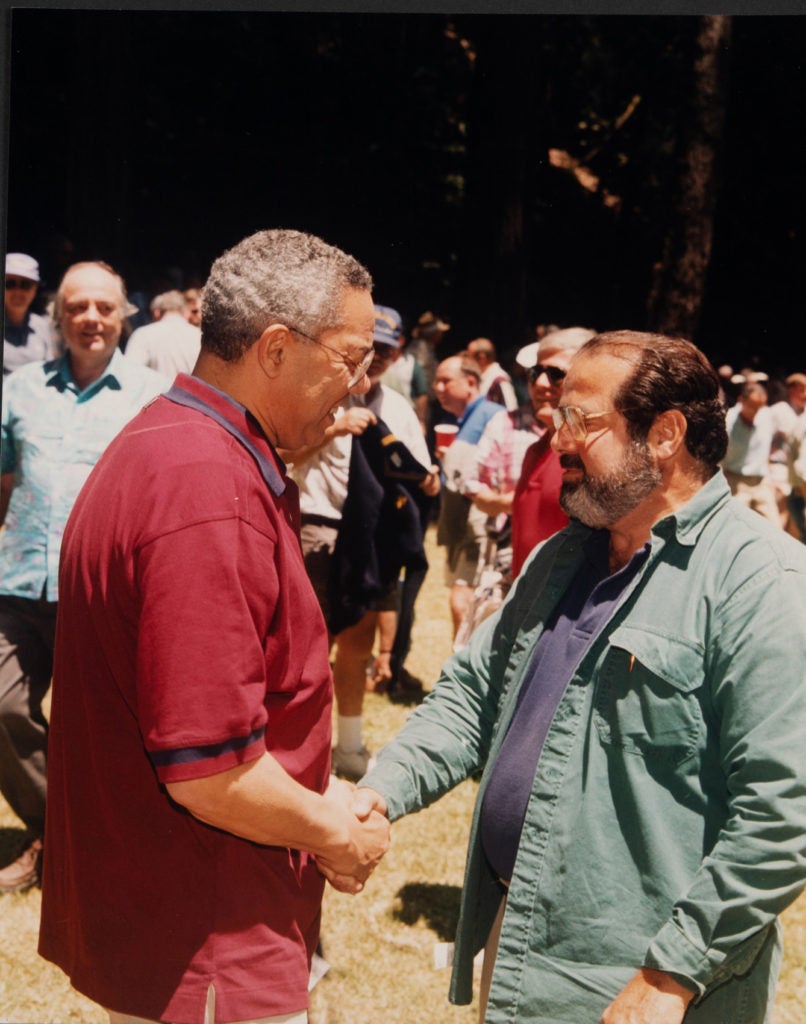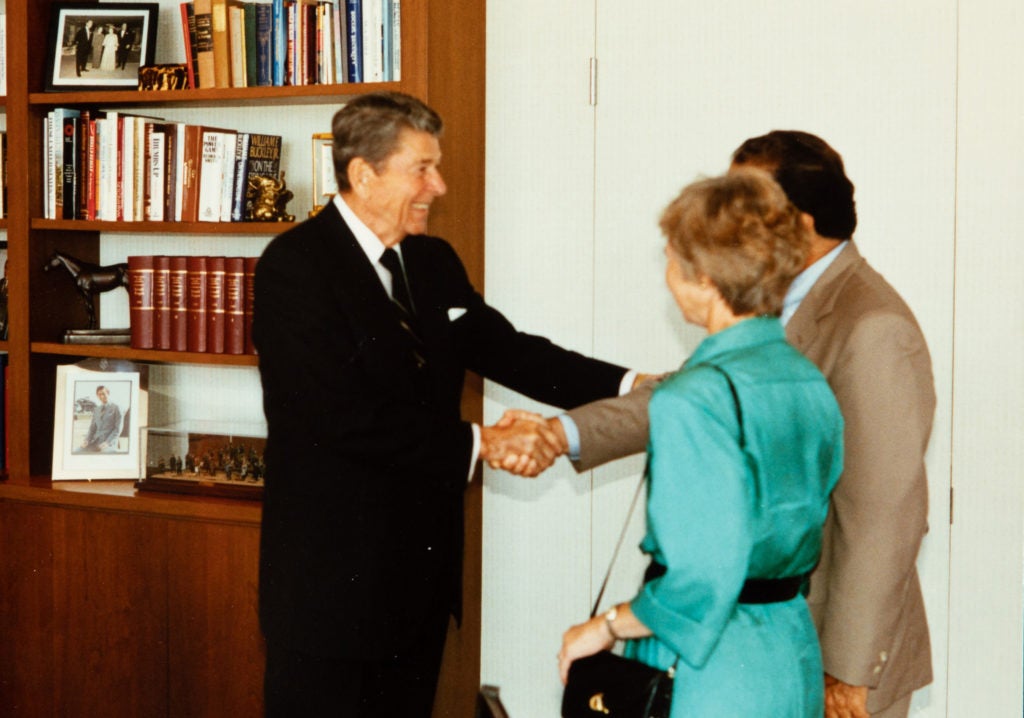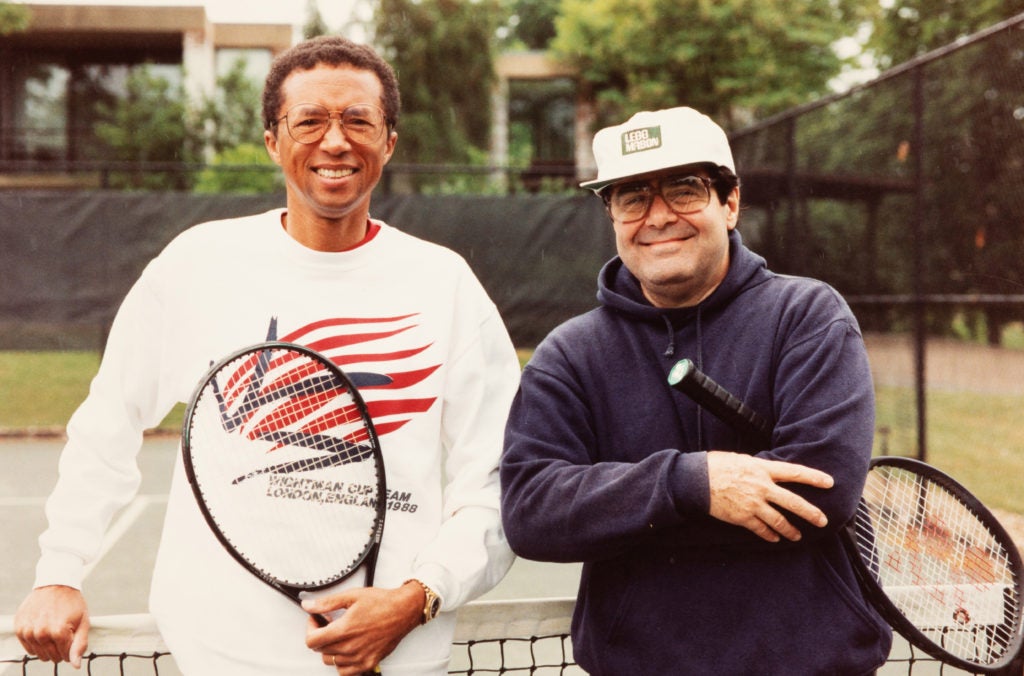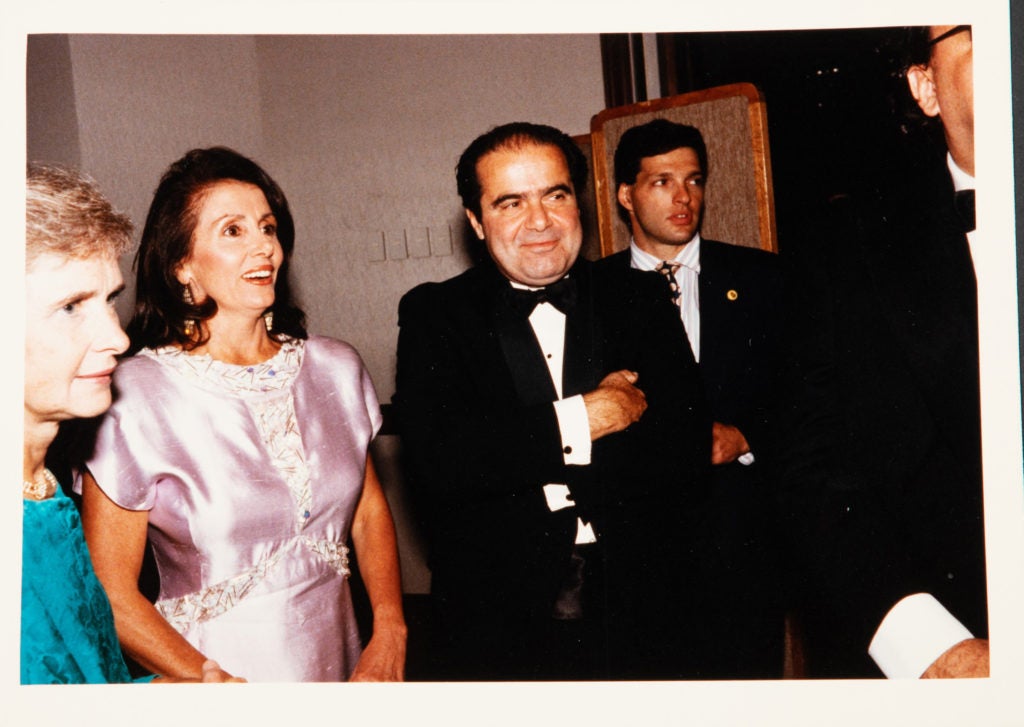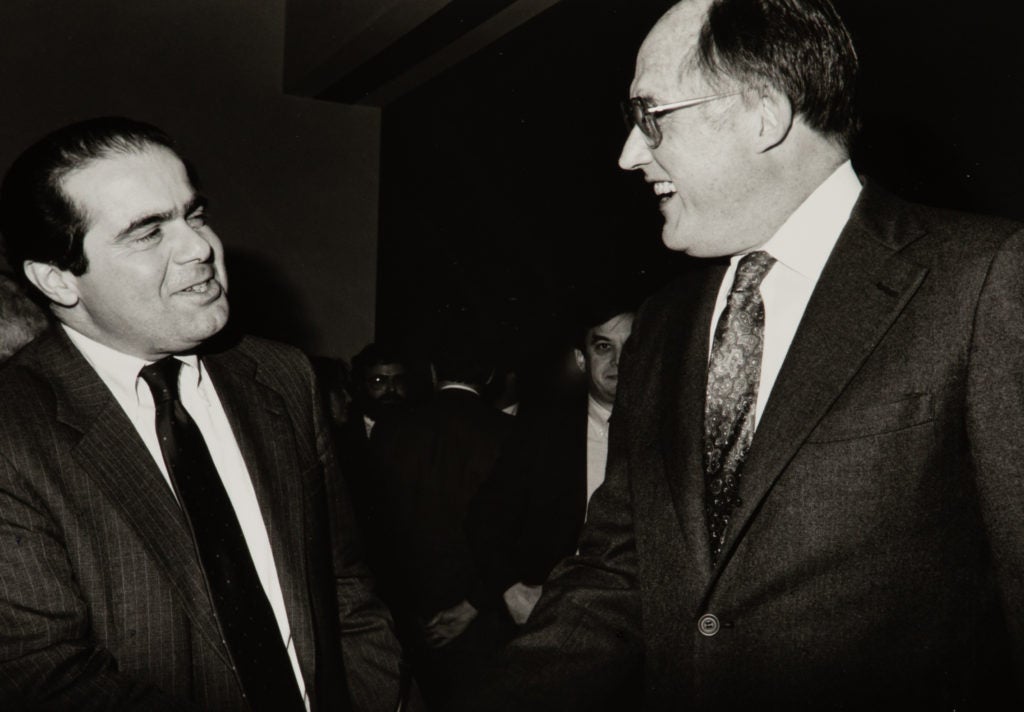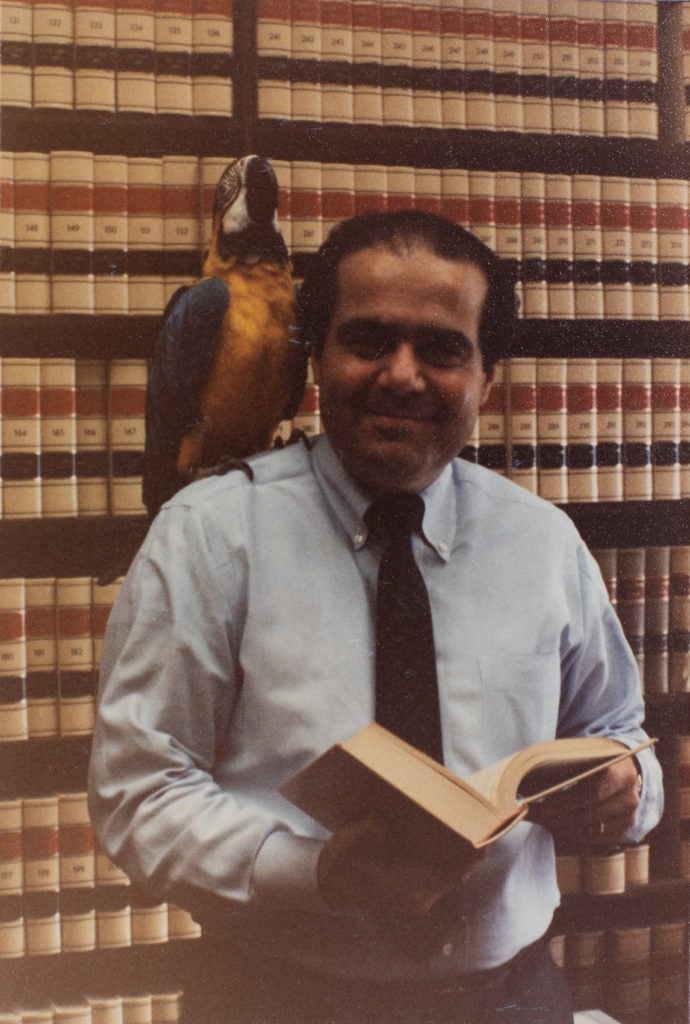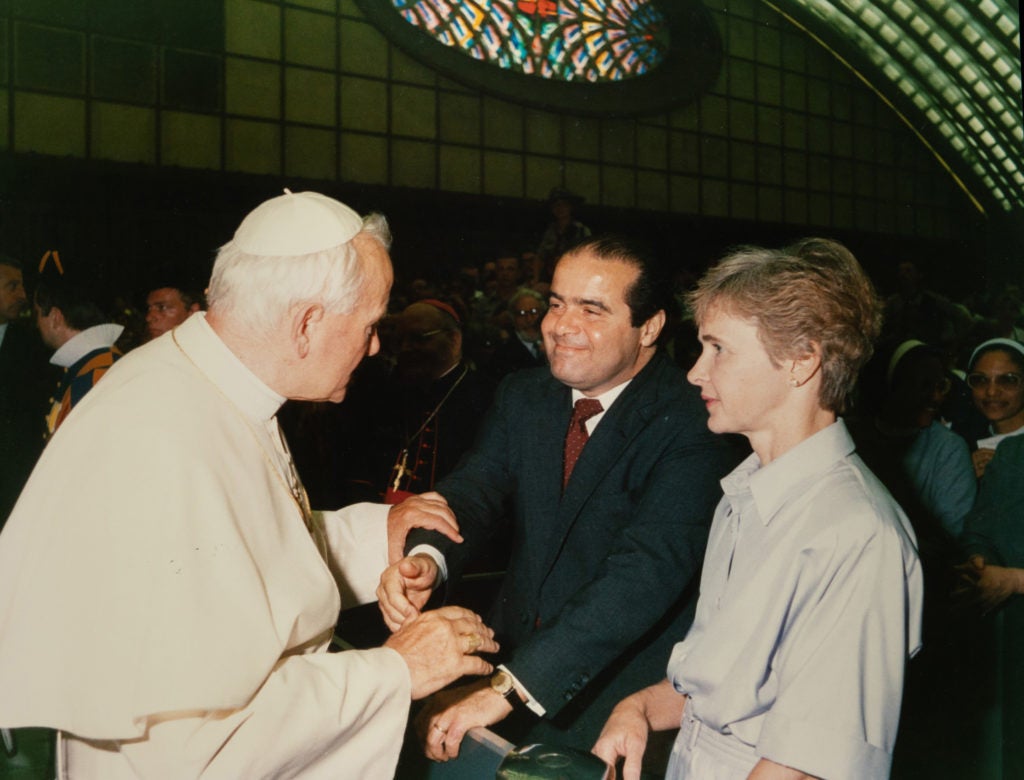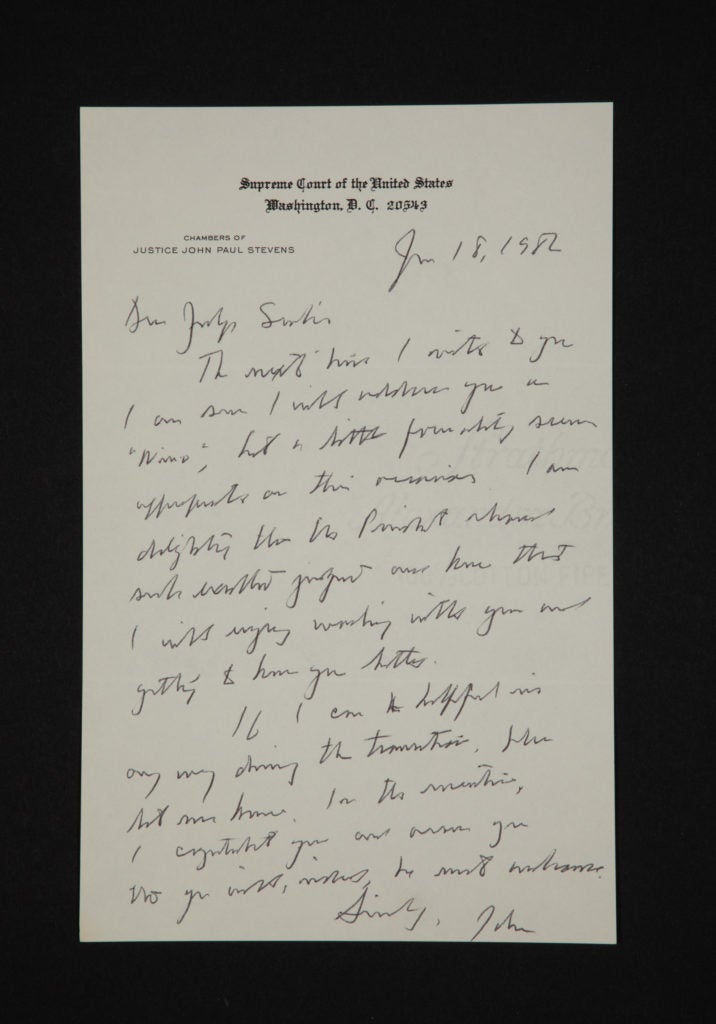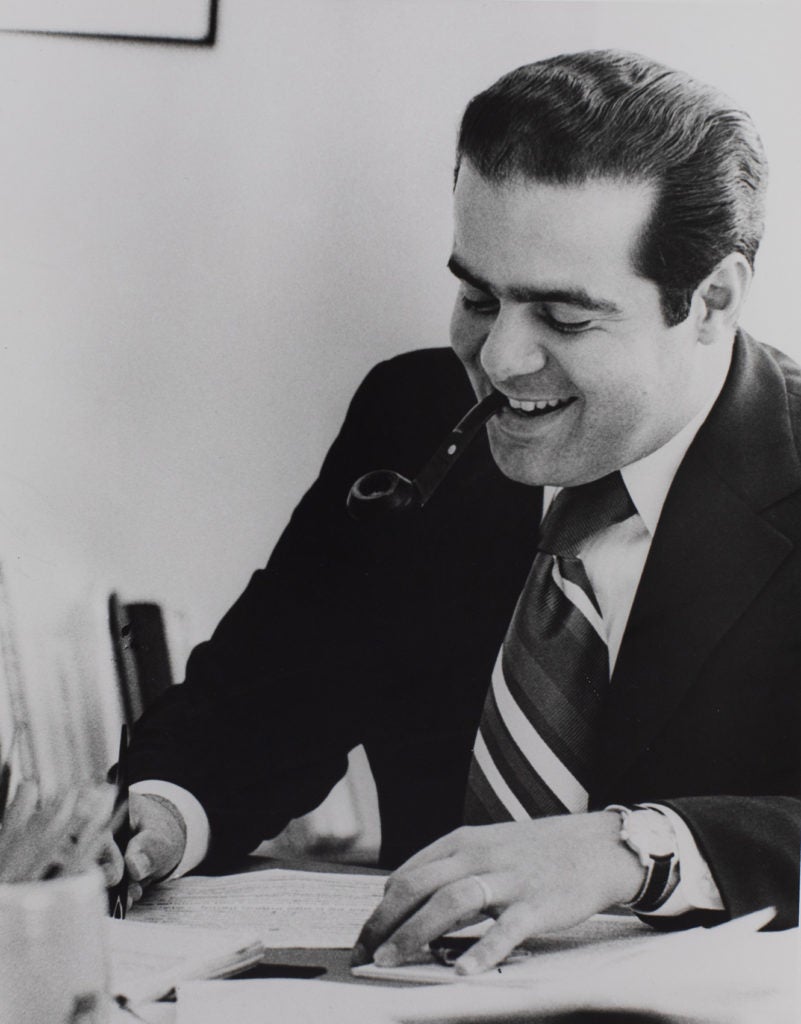The Harvard Law School Library has announced the public release of the first batch of papers and other items from the Antonin Scalia Collection.
One of the most influential jurists in American history, the late Associate Justice of the Supreme Court of the United States Antonin Scalia ’60 changed how the Court approaches statutory and constitutional interpretation. His forceful and plain spoken exposition of separation of powers, checks and balances, the proper role of the courts, and the rule of law had a profound impact well beyond the legal community.
Justice Scalia’s family donated his papers to the Harvard Law School Library after his death in 2016. The papers will be made available to researchers in stages over the course of the next 40 years. Materials being made available today largely come from his life and work before his 1986 appointment to the Supreme Court.
“We are deeply honored that Harvard Law School has been entrusted with the Justice’s historic papers, and we now have the opportunity to share these papers,” said Harvard Law School Dean John F. Manning ’85, who served as a law clerk for Justice Scalia from 1988 to 1989. “This archive will allow generations of scholars to come to Harvard Law School to study the record of Justice Scalia’s historic tenure on the Supreme Court,” said Manning.
The bulk of the Scalia Collection at Harvard Law School consists of judicial papers from his 30-year career on the Supreme Court, where he served from 1986 to 2016, and his tenure on the U.S. Court of Appeals for the D.C. Circuit, from 1982 to 1986. Materials regarding specific cases will not be opened during the lifetime of other justices or judges who participated in those cases.
The material being made available today includes: Pre-Supreme Court files, 1970-1986; correspondence through 1989; speaking engagements and event files through 1989; four decades of photographs and audiovisual materials, from 1975 to 2016; as well as miscellaneous material such as subject files and articles about Scalia over a 30-year period, 1986-2016.
The papers are available via finding aid and available by appointment.
“The Harvard Law School Library’s patrons are not only those using the library today, but those who will follow,” said Jonathan Zittrain ’95, George Bemis Professor of International Law and director of the HLS Library. “We secure irreplaceable papers such as these as part of the solemn pursuit of citizens and scholars understanding the trajectory of the law not only from its formal outputs, but through the contemporaneous notes as it was forged.”
In announcing her decision in 2017 to donate the papers to Harvard Law School, Justice Scalia’s wife of 55 years, Maureen, said, “Nino and I met as students in Cambridge, when he was at the Law School and I at Radcliffe. Our visits back to Harvard together always felt like a homecoming, particularly in recent years. I am pleased to make this gift, and that his papers will now be at the Law School.”
After graduating from the law school in 1960, Justice Scalia often returned to meet with students, attend reunions and to judge HLS moot court competitions. His last appearance at Harvard Law School was in November of 2014, when he came for the first in a series of lectures established in his honor, and to judge the final round of the Law School’s 2014 Ames Moot Court Competition.
As more materials from the collection become available, they will be announced on the HLS Library’s blog, Et Seq., and through other outlets. The library’s modern manuscripts collection includes the papers of Oliver Wendell Holmes Jr. LL.B. 1866, Louis D. Brandeis, and other Supreme Court Justices. With the addition of Justice Scalia’s papers, researchers now have the opportunity to explore the courts and venerable jurists across three centuries.
